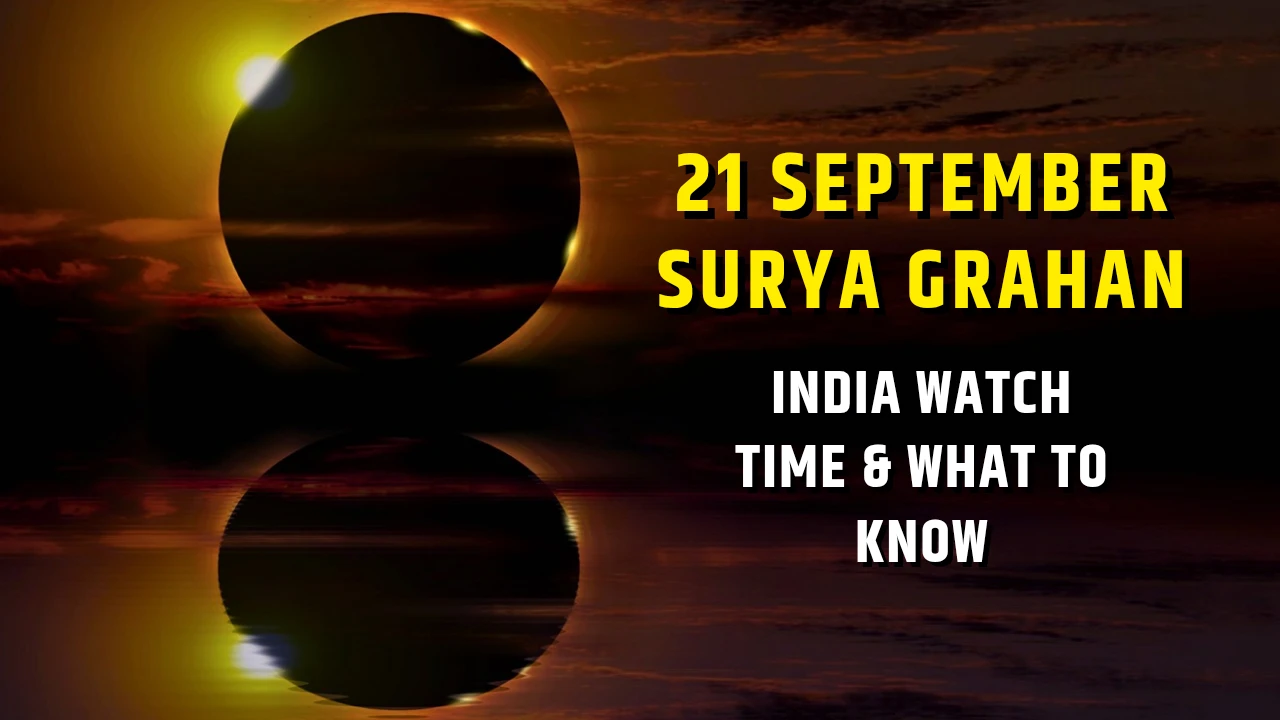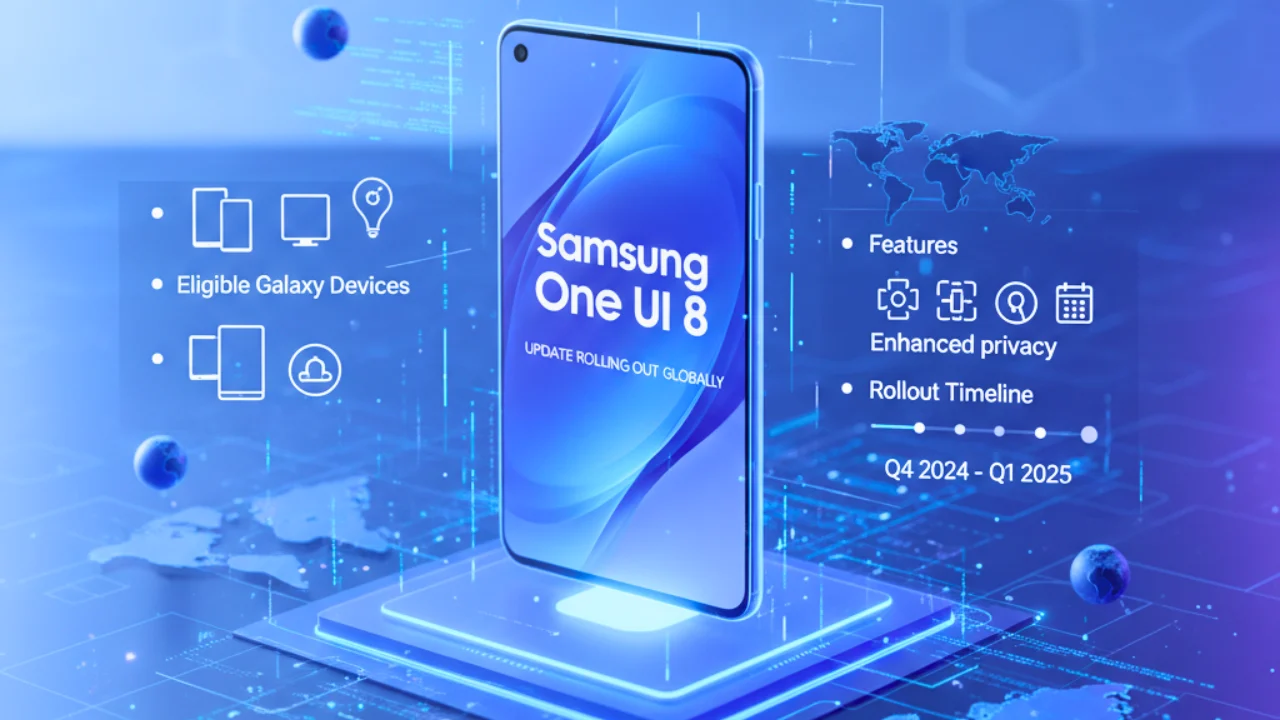The cosmos is a stage for spectacular celestial events, and a solar eclipse is undoubtedly one of the most awe-inspiring. For astronomy enthusiasts and spiritual observers alike, the anticipation surrounding a “Surya Grahan” is palpable. On September 21, 2025, the Moon will once again align with the Sun and Earth, but this time, it will present a unique scenario.
21 September Surya Grahan time, its global visibility, and what this cosmic event means, especially for those in India. While the spectacle may not be visible in all parts of the world, its significance transcends geographical boundaries. We’ll explore the science behind it, the cultural beliefs associated with it, and what you can do to experience the event, no matter your location.
What is a Partial Solar Eclipse?
Before we dive into the specifics of the 21 September Surya Grahan, it’s crucial to understand what type of eclipse it is. A solar eclipse occurs when the Moon passes directly between the Sun and Earth, casting a shadow on our planet.
There are four main types of solar eclipses:
- Total Solar Eclipse: The Moon completely covers the Sun, causing a brief period of darkness. This is the most dramatic type, allowing observers to see the Sun’s stunning outer atmosphere, the corona.
- Annular Solar Eclipse: The Moon is farther away from Earth, making it appear smaller than the Sun. It doesn’t completely cover the solar disc, leaving a bright “ring of fire” around the Moon’s silhouette.
- Hybrid Solar Eclipse: A rare type that shifts from an annular to a total eclipse along its path.
- Partial Solar Eclipse: The type we will witness on September 21. In a partial eclipse, the Sun, Moon, and Earth are not perfectly aligned, so the Moon only covers a portion of the Sun’s surface. The Sun appears as if a “bite” has been taken out of it.
This September event will be a partial solar eclipse, where in some regions, up to 85% of the Sun will be obscured by the Moon. While not a total eclipse, the visual effect is still a fascinating display of celestial mechanics.
21 September Surya Grahan Time & Visibility
The most important question for many is, “When is the 21 September Surya Grahan time?” For observers in India, the timing of this celestial event is critical and, unfortunately, means it won’t be visible.
Here are the key timings in Indian Standard Time (IST):
- Partial Eclipse Begins: 10:59 PM IST on Sunday, September 21, 2025
- Maximum Eclipse: 1:11 AM IST on Monday, September 22, 2025
- Partial Eclipse Ends: 3:23 AM IST on Monday, September 22, 2025
Why Isn’t It Visible in India?
As the timings clearly show, the entire event takes place during the late-night and early-morning hours in India. Since the Sun will be well below the horizon, there will be no way to witness the eclipse from anywhere in the country. This is a common occurrence for eclipses; they are often localized phenomena that are visible only along a specific path or region of the Earth.
Where Will the Eclipse Be Visible?
The partial solar eclipse of September 21 will be a treat for sky-watchers in the Southern Hemisphere. The primary regions where this celestial spectacle will be observable include:
- Eastern Australia
- New Zealand
- Antarctica
- Various Pacific islands
For those in these areas, the eclipse will be a daytime event, offering a spectacular view of the Moon passing in front of the Sun.
The Scientific and Cultural Significance
While you may not be able to see the 21 September Surya Grahan, the event holds immense scientific and cultural importance. For scientists, eclipses provide a unique opportunity to study the Sun’s atmosphere, particularly the corona, which is usually obscured by the Sun’s brightness.
From a cultural and mythological perspective, solar eclipses have been seen as powerful omens and events of spiritual significance for millennia. In Hindu mythology, the “Surya Grahan” is linked to the story of the demon Rahu, who tries to swallow the Sun and Moon. This is why the period of a “grahan” is often considered a time for introspection, meditation, and prayer.
The belief that the potent energies released during an eclipse can magnify the effects of spiritual practices is widespread.
Whether or not you can see the eclipse, many traditions recommend engaging in spiritual cleansing and self-reflection during this time.
What to Do During the Surya Grahan
Even if you can’t view the eclipse physically, you can still participate in the experience.
- Follow a Live Stream: Major astronomical organizations and observatories in the Southern Hemisphere will likely broadcast the event live. This is the best way to get a real-time view of the eclipse from the comfort of your home.
- Practice Meditation: Use the “grahan” period for meditation or quiet contemplation. Many believe this time is conducive to spiritual growth and can help align your energies.
- Learn More About Eclipses: Dive deeper into the fascinating world of astronomy. Did you know that total solar eclipses are a rare treat? According to the National Solar Observatory, a total solar eclipse occurs somewhere on Earth approximately once every 18 months, but it recurs in the same location only once every 360 years on average. This makes each one a truly special event.
- Explore Related Topics: If you’re intrigued by eclipses, consider reading up on other celestial phenomena. For example, learn about the next major astronomical event visible from India. [Link to a blog post on “Upcoming Celestial Events in India 2025-2027”]. You might also find it interesting to explore how ancient cultures interpreted these events. [Link to a blog post on “The Fascinating Mythology Behind Eclipses”].
How to Safely View a Solar Eclipse
For those in the visibility path of future eclipses, remember that safety is paramount. Never look directly at the Sun, even during a partial eclipse, as it can cause permanent eye damage.
Safe viewing methods include:
- Certified Eclipse Glasses: Use special-purpose solar filters that meet the ISO 12312-2 safety standard.
- Pinhole Projector: Create a simple device to project an image of the Sun onto a surface.
- Indirect Viewing: Use binoculars or a telescope with proper solar filters, but always ensure the filters are specifically designed for this purpose.
For more detailed safety information, you can consult authoritative sources like NASA and the American Astronomical Society.
21 September Surya Grahan Not Visible in India
The 21 September Surya Grahan time may not be visible in India, but it remains a global event that reminds us of the intricate dance of our solar system. While it’s easy to be disappointed about missing out on a direct viewing, the opportunity to connect with this event on a deeper, cultural, and educational level is just as rewarding.
Use this time to reflect, learn, and appreciate the wonders of the universe. The cosmos is full of surprises, and the next solar eclipse visible from India is just a couple of years away—mark your calendars for August 2, 2027!
















